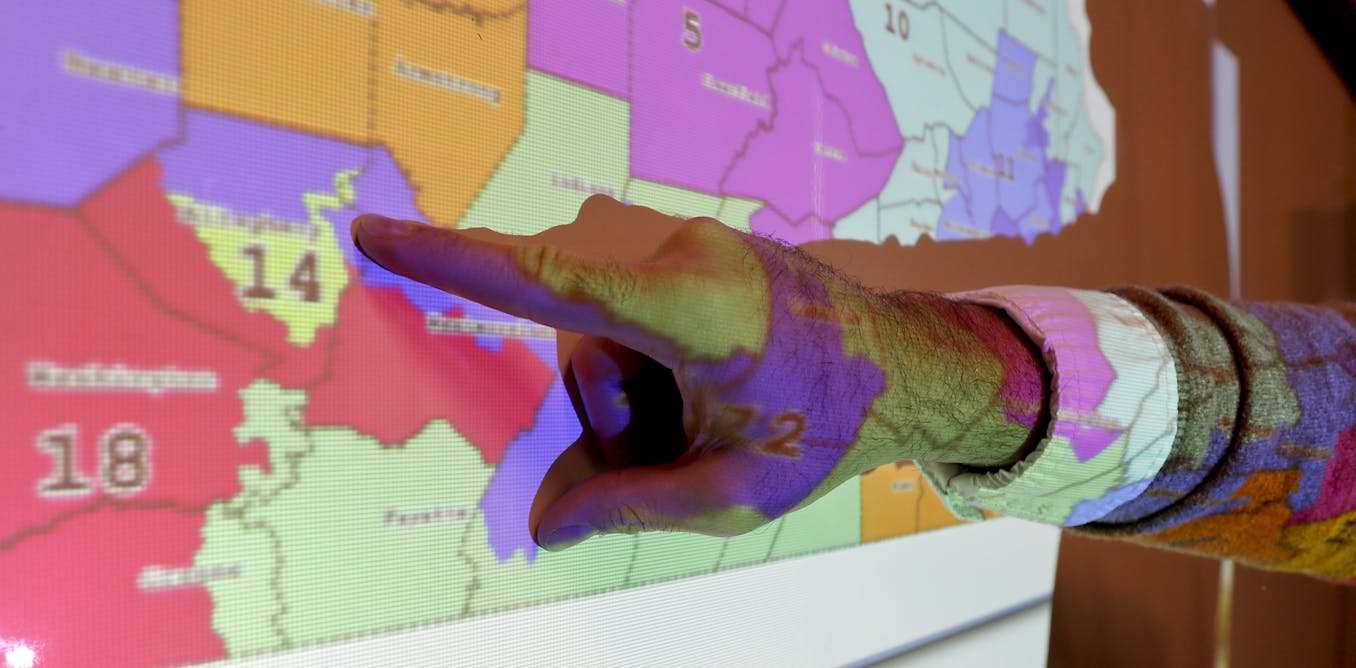Robin Best | Source | Associate Professor of Political Science at Binghamton University, State Univ...
Robin Best
Professor Robin Best's research focuses on political parties and electoral politics in democratic systems of government. She is especially interested in the dynamics of party system size, party policy positions, electoral systems, and voting behavior in industrialized democracies. Her current research examines party polarization, support for minor or new political parties, the geography of party support, and how electoral systems and social divisions affect voting behavior. Her work has been published in journals such as Comparative Political Studies, Political Analysis, the European Journal of Political Research, and Electoral Studies.
-
In most states, the legislature is responsible for drawing Congressional district boundaries, and it is common that the majority party draws the lines to give the advantage to its party members, a practice called gerrymandering. In most of these states, the governor can veto legislative maps, but it’s common to have a governor from the same party as dominates the legislature.
In the 2010 elections, Republicans gained unified control of 17 of the 30 legislatures that then had sole district mapmaking responsibility. And only two of those states, Minnesota and Missouri, had Democratic governors. All those legislatures, which collectively redrew 190 congressional districts, helped produce a congressional map that has been widely regarded as a pro-Republican gerrymander.
-

Votes cast in November will shape Congress through 2030
When voters in November pick among the candidates for state legislatures, they are choosing the people who will make the new electoral maps for congressional elections.
Article -

Republicans didn't lose big in 2020 – they held onto statehouses and the power to influence future elections
State legislatures, which will draw congressional districts that last through 2030, are dominated by the GOP.
Article
-

Binghamton University, State University of New York
Associate Professor of Political Science